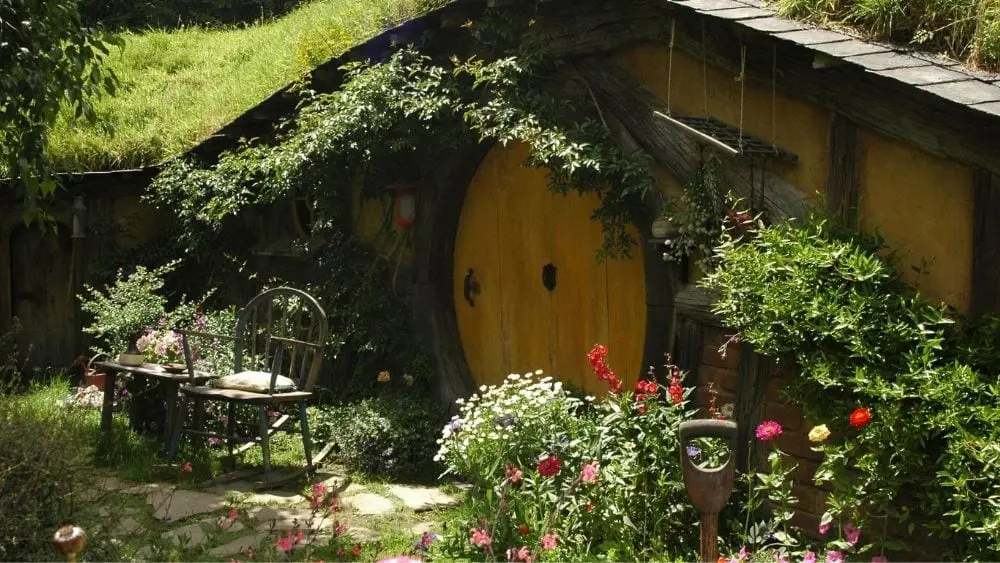
If you haven’t heard the news, America is amidst a “no-mow revolution.” Why? Because people are realizing the negative environmental impact lawns have, and they want to do better.
Today, manicured turf lawns cover more than 50 million acres, are sprayed with more than 200 million pounds of pesticides, consume nearly three trillion gallons of water, and require lawnmowers that guzzle more than 200 million gallons of gas – every year. Yikes! Those are some pretty painful numbers to swallow all in the name of a lush green lawn.
But the tides are turning: Ed Osann, senior policy analyst and water efficiency project director with NRDC’s Water program, says, “We’re on the cusp of a transition that will likely take place over the next 10 to 15 years, away from the conformity of mowed turf.”
He clarifies that the goal is not to completely eliminate all lawns. “But we want to encourage people to think about whether there are places in their yards that can be converted to allow for a more diverse and sustainable landscape.”
Alternatives to Grass Lawns
Thousands of homeowners are making the switch. Ready to join them? We’ve got 5 gorgeous alternatives for you to consider!
Clover
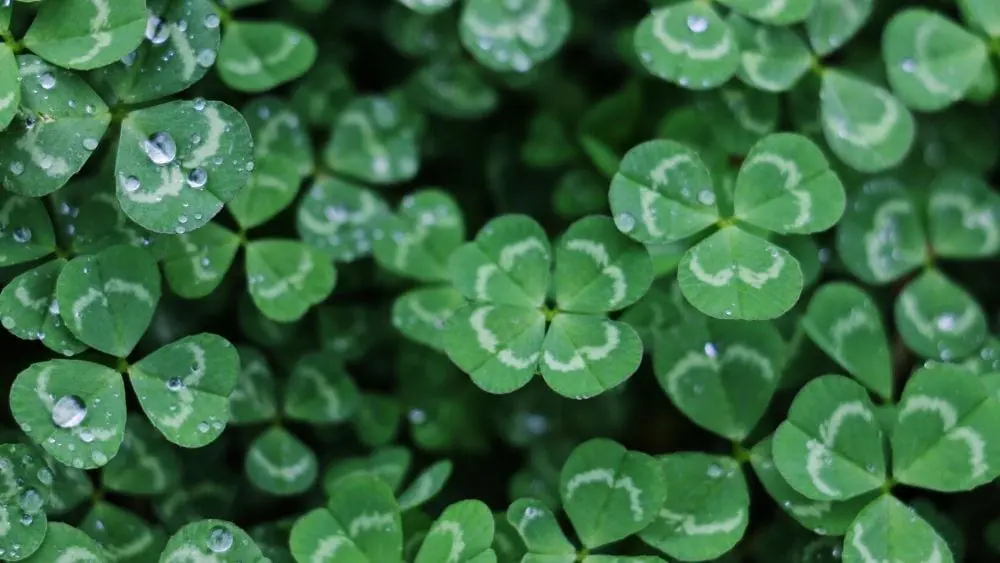
Clover has long been considered a weed in the typical American lawn, but it’s now one of the top grass alternatives. It’s cheap, grows and spreads quickly, is drought and insect resistant, and requires NO mowing. It chokes out weeds and is a nitrogen-fixing plant – meaning it’s a natural fertilizer for surrounding grass and plants.
As with any type of grass, there are many different types of clover. While all clover makes a beautiful, soft green blanket underfoot, red clover is more delicate and should be reserved for low traffic areas. Dutch clover, on the other hand, is incredibly durable and can withstand being trodden on daily.
Ground Covers
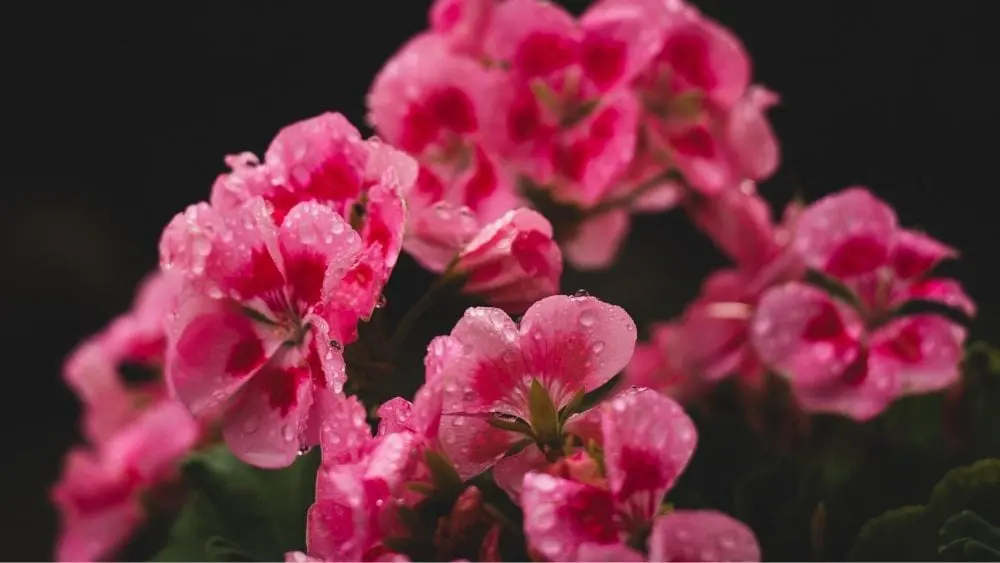
Ground coverings are plants that creep and spread and grow close to the ground, and therefore naturally require no mowing. Some are durable and hold up well to foot traffic, and others do well grown between rocks and landscaping elements where you don’t walk.
There are quite literally thousands of options for ground coverings, so it might be helpful to work with a landscaping professional to identify the best types for certain areas of your yard.
Here are a few examples:
- Creeping Jenny
- Trailing periwinkle
- Red sedum
- Phlox
- Mazus
- Creeping thyme
- Geraniums
- Sweet woodruff
- Chamomile
- Moss
Native Plants & Flowers
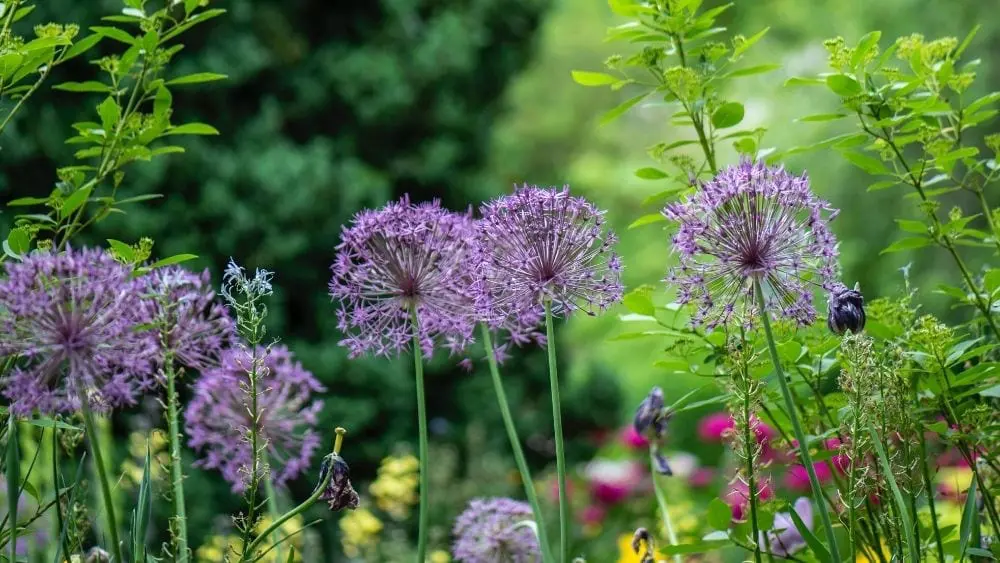
Native plant species are just that: Plants local to an area that thrive with little-to-no maintenance.
They’re the types of plants and flowers you see along roads, on hiking trails, and in other natural spaces that have not been altered. They thrive in an area because the water, sun and soil is suitable for growing in the wild with no human interference. Thus, they are a perfect addition to your yard when you want an alternative to grass and have less maintenance.
While it’s (likely) not realistic that you can totally replace a grass lawn with native plants and flowers, reducing the lawn area and adding flower beds is a great start, not to mention adding visual interest. As a bonus, native plants and flowers provide a habitat and food source for local insects and wildlife.
- Resource: Not sure what’s native to your area? Check out the native plant finder from the National Wildlife Federation.
Xeriscaping
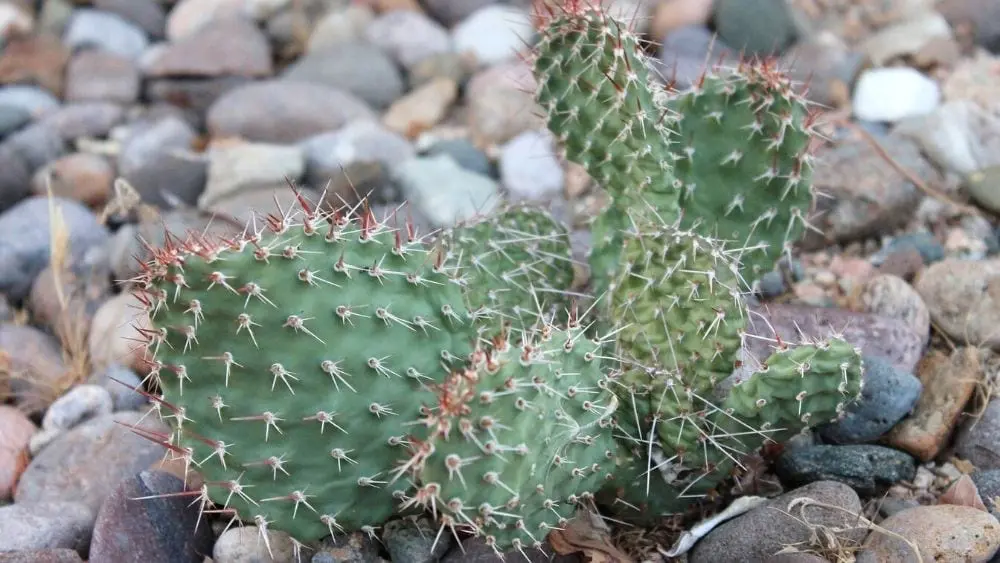
Xeriscaping involves a mixed use of rocks, gravel, sand, and other hardscapes, along with very hardy, native plants that require little water. In places where severe drought occurs, local water authorities even offer rebates for every square foot of turf that a homeowner converts to water smart landscaping.
While it’s more common to see xeriscaped homes in arid climates, they are practical anywhere you want to reduce turf, conserve water, and create a unique landscape. Contrary to popular belief, xeriscaping goes well beyond a few cacti.
Vegetables
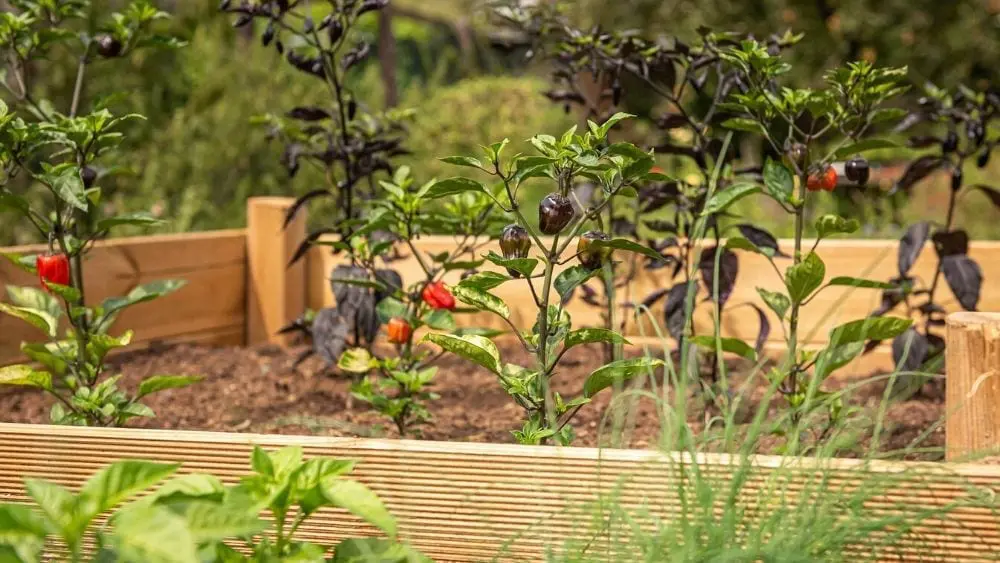
We’ve saved the best for last: If you’re going to eliminate some of your lawn, why not put it to the most functional use possible and grow a vegetable garden for your family?
Raised beds are ideal for backyard gardens, as they’re easier to access, drain better, and don’t get nearly as many weeds. The only downside is that you are working with a smaller space, so it’s beneficial to educate yourself on growing vegetables in small spaces and using companion plantings to help plants thrive.
The Square Foot Gardening method has been around since the 1970s and is an incredibly effective gardening strategy for high yield in small spaces.
As a bonus, raised vegetable garden beds to pair beautifully with xeriscaping. Gravel and stone paths between beds reduce turf, and native plants and ground coverings can be planted between rocks to add visual interest. It’s a win all around!
Final Thoughts
You’ve no doubt heard the stories of people being fined for converting their lawns to vegetable gardens and replacing turf with native plants. And according to Baylen Linnekin, author of Biting the Hands that Feed Us: How Fewer, Smarter Laws Would Make Our Food System More Sustainable, “These conflicts occur with surprising frequency around the country…. Local zoning laws — which often place aesthetic concerns over the rights of homeowners and renters to raise their own food — are almost always the culprit.”
It’s really unfortunate. However, it’s important to note that almost all of these cases involve the conversion of the front yard. When yard modifications are visible to the road, sidewalk, and (gasp!) HOA, there’s not much you can do in the face of the law.
And so, treat your house just like a mullet. Business in the front, fun in the back!

Liyya Hassanali is a Project Manager and Content Strategist for Kinship Design Marketing, a boutique agency that provides marketing strategies and content for architects, interior designers, and landscape designers. She is a 15+ year veteran of the marketing and advertising industry, working closely with her clients to provide written content that meets their marketing goals and gets results.
Liyya is passionate about home design and décor and is a confessed HGTV and Pinterest addict. When not providing content writing services for her clients, she can be found browsing home décor sites or spending time with her family.
 How to Evaluate Land for Building a Home
How to Evaluate Land for Building a Home